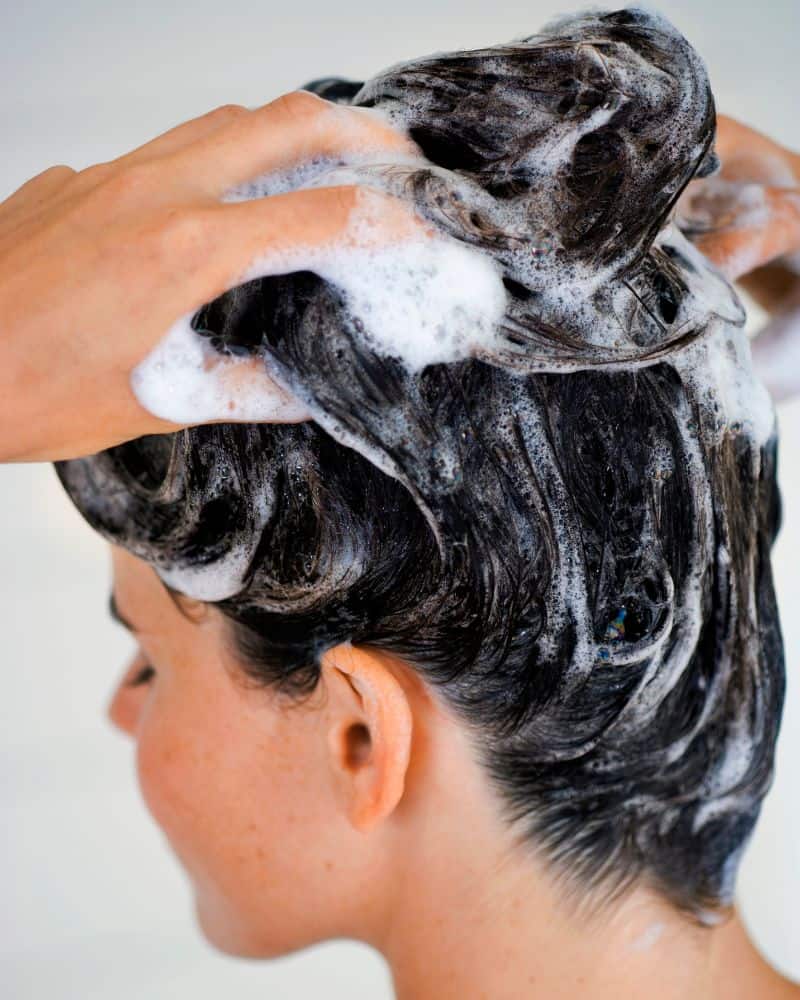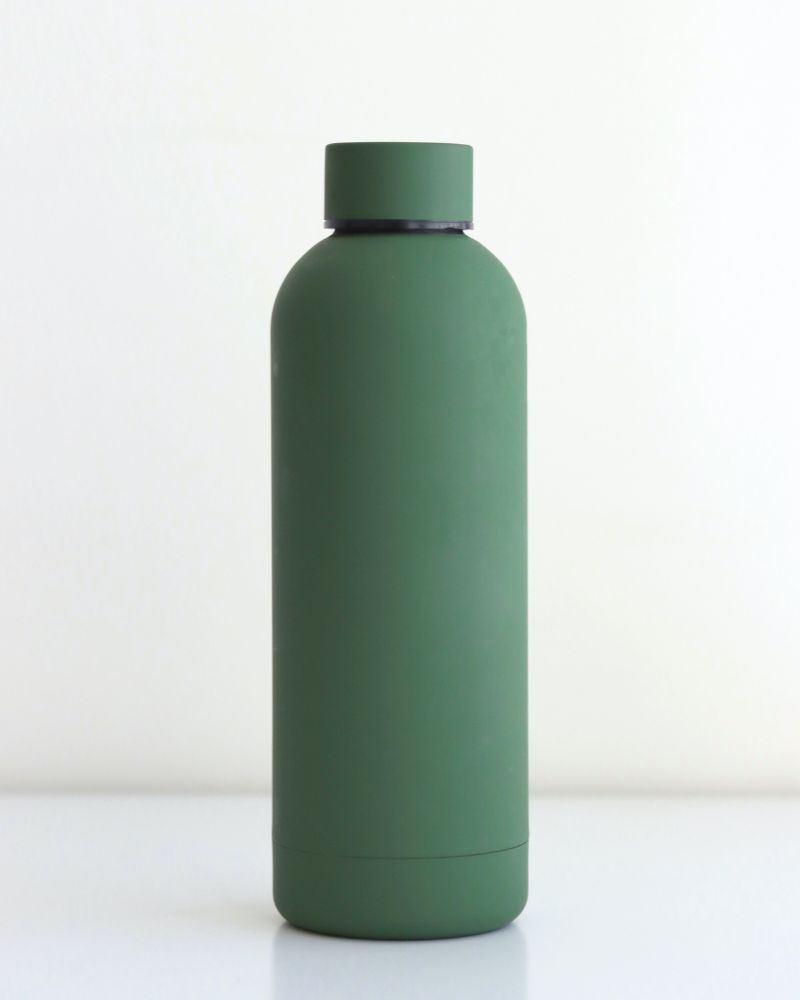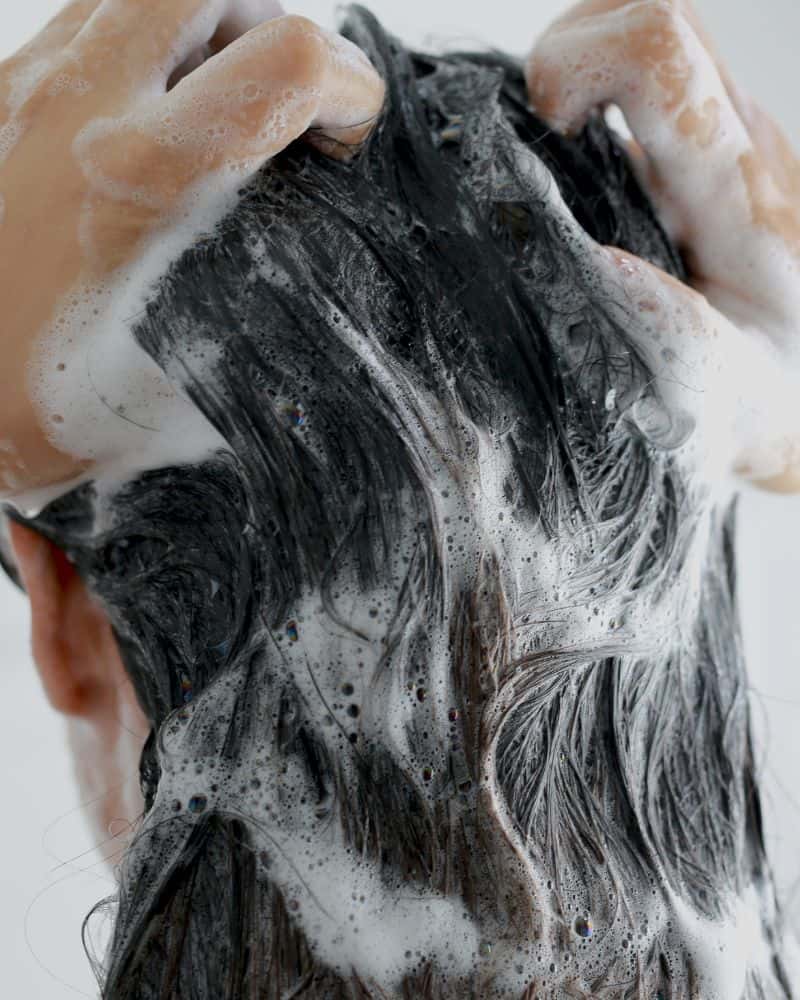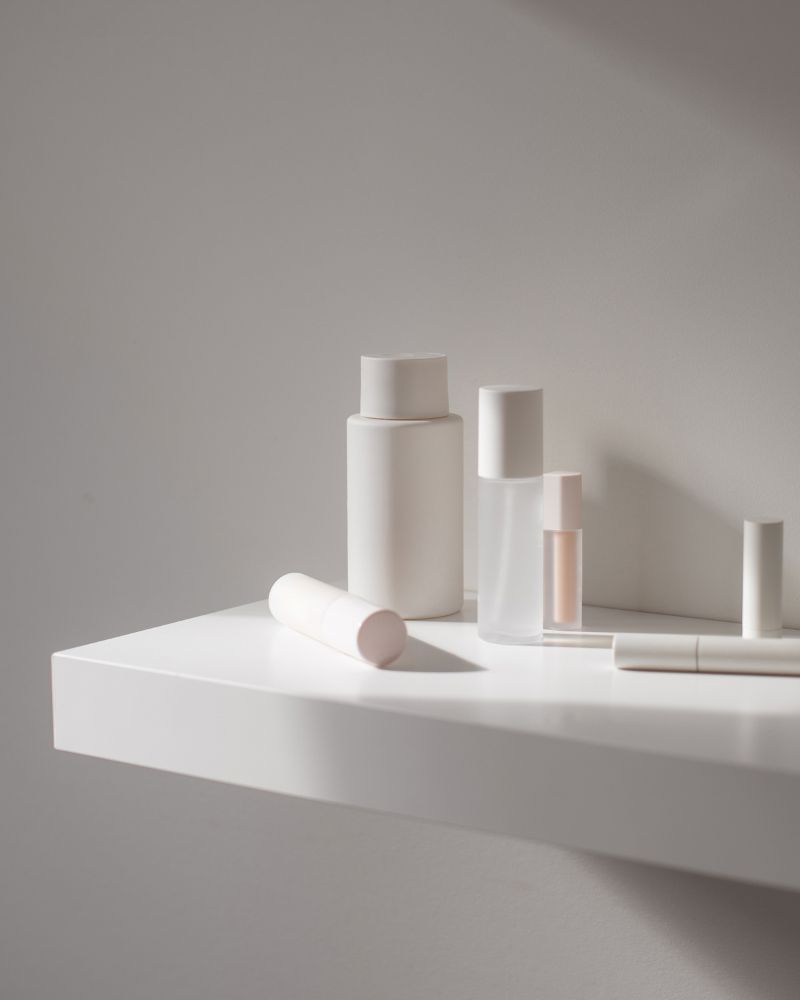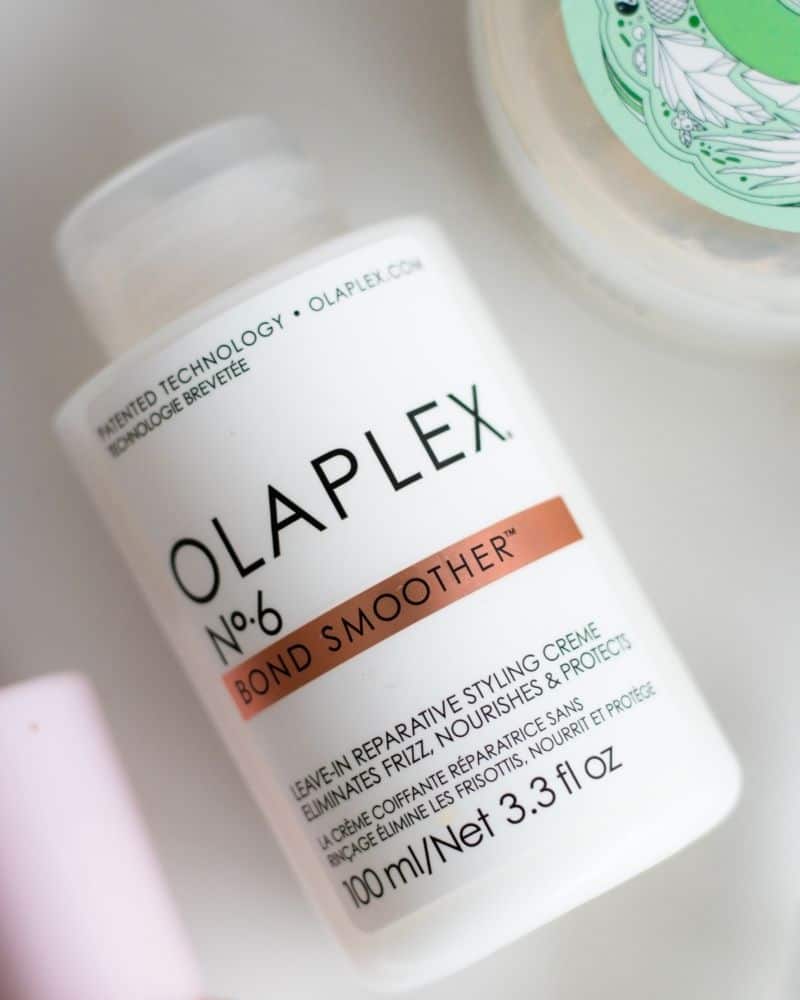How To Make Bleached Hair Soft And Silky
This post may contain affiliate links.

If you’ve ever bleached your hair, then you know the importance of keeping it soft and silky. Bleaching can be harsh on your locks, so it’s important to use a good conditioner and take care of them properly. In this blog post, I’m going to share my tips for how to make bleached hair soft and silky.
People have been dying their hair since the first person discovered that it was possible to mask grey hair (and your age) by using natural hair dyes such as henna , turmeric, amla and senna. There is evidence showing that ancient Egyptians used henna to color their hair. Subsequent civilisations used a variety of safe and not so safe substances including fermented leaches, lead oxide and calcium hydroxide to change hair color.
The first permanent hair dye was created in 1863 by a scientist seeking the cure for malaria. Cosmetics Company L’Oreal created and popularized the first synthetic hair dye in 1907 but women did not begin bleaching their hair in earnest until the 1950s, when screen sirens like Jean Harlow and Marilyn Monroe popularized the platinum blonde look.
Since then, the hair color industry has become a billion dollar industry, with treatments ranging from simple highlights to light platinum blonde to shocking neon colors.
How Does Hair Bleaching Work?
Hair bleaching begins with an alkaline agent that opens up the cuticle, or outer layer of the hair, so that the bleaching agent can penetrate the cortex, or middle layer. Once the cuticle is open, the oxidative agent can penetrate the hair cortex and dissolve the melanin, which is what gives your hair its natural color.
Typically, the longer you leave the bleach on, the lighter your hair will get. However, leaving bleach on too long can cause irreversible damage and even cause your hair to break off.
Not only can bleach cause split ends and breakage, the process also breaks the disulfide bonds in your hair and protein loss. When enough of these bonds are broken, it can cause your hair to become frizzy, dry and unmanageable. Plus, it will be more susceptible to damage.
So if you’re wondering why does my hair feel like straw after bleaching it, then this is why!
The good news is that going to a professional stylist who uses high-quality products can help to minimize any damage from bleaching. It’s important to not bleach at home and always go to a trusted professional.
Hair care is essential before, during and after the bleaching process in order to ensure that your hair remains soft, silky and beautiful. Unfortunately, improper bleaching can result in the following;
- Dry hair.
- Breakage.
- Split ends
- Brittle and inelastic hair
Unfortunately, your hair gets more and more damaged with each bleaching session and unless you take steps to mitigate this, could result in weaker hair and ultimately, hair loss.
Thankfully, there are a few things you can do to help repair your bleached hair and get it back to its original soft, silky texture.
Below are ten ways you can take care of bleached hair and ensure that it remains soft and silky. So if your hair feels like straw after bleaching, keep on reading to learn how to repair bleached hair at home.
How To Make Bleached Hair Soft And Silky

1. Avoid heat styling
During the bleaching process, oils are stripped from your hair shafts, leaving hair brittle, hard and prone to breakage. Additional heat stress on the hair will result in even greater breakage. To avoid this, take a break from heat styling. Let your hair air dry and if you must use heat, use the lowest setting possible.
Let your hair air dry whenever possible and if you must use heat, use the lowest setting possible.
2. Take advantage of hair masks
Bleaching can cause hair to feel dry, brittle or straw-like. This means that your hair is desperate for some TLC. And what better way to do that than a deep conditioning hair mask?
A hair mask or deep conditioning treatment is just an intensive conditioner for your hair, penetrating deep into the hair shaft to undo the damage caused by bleaching, heating and over styling.
Hair masks are a great way to infuse moisture back into your hair after bleaching. Look for hair masks that contain lots of oils and butters to hydrate and moisturize the hair. Olive oil, Argan oil, Shea butter and Cocoa Butter are commonly found in hair masks. They are great to instantly rehydrate dry, bleached hair.
Remember that hair masks should be used immediately after washing your hair in order to restore hair oils that are stripped away during shampooing. Apply hair masks liberally to your hair, cover your head with a cap and leave them on for 20-30 minutes.
For added benefit, you can sit under a dryer to help open up the hair cuticle so that the ingredients can penetrate deeper into the hair strands.
3. Wash Less
Bleached hair is already dry from the bleaching process which stripped it of the natural oils that keep hair looking soft and shiny.
And shampoo is designed to remove oils and buildup, so it strips the hair even more. This is especially important for those that are daily washers. It will be hard to repair bleached hair if you wash it everyday!
Scale back on washing and use dry shampoo in between to absorb excess oils.
4. Go Sulfate Free
Sulfates are harsh detergents that remove the natural oils from your hair, leaving it dry and brittle. And since bleached hair is already dry, you want to avoid using shampoos with sulfates.
Opt for a Sulfate free shampoo which is gentler on the hair and will remove excess oils without stripping your hair.
5. Use a rice water rinse
A rice water rinse is another great home remedy that you can use to care for bleached hair. Prepared by soaking or boiling rice, the water contains many ingredients that strengthen all types of hair.
Rice water is rich in amino acids, minerals, B vitamins and vitamin E, antioxidants and other compounds that strengthen hair. It conditions bleached hair, strengthens hair follicles, increases shine and leads to greater hair growth.
To prepare your own rice water rinse at home, simply soak or boil one cup of rice in one cup of water. Use the strained water (cooled) after shampooing and rinse out after 20 minutes.
6. Deep protein treatments
If your bleached hair is severely damaged, you may need to opt for a protein treatment. These treatments are designed to fill in the gaps in your hair shaft that have been stripped away, leaving your hair looking and feeling stronger.
Protein treatments can help to strengthen weak and brittle hair after bleaching. In fact, a protein treatment is a must-have for anyone that bleaches!
Most protein treatments contain ingredients like creatine, keratin, collagen and B5 vitamins which rebuild your hair cuticle, soften hair shafts, reduce breakage, and makes hair easier to manage.
7. Use special oils formulated for bleached hair
Take advantage of oils that have been formulated specifically for bleached hair. Most of these formulations will include argan, coconut and olive oil which help to strengthen bleached hair while giving it a natural glossy look.
8. Invest in leave in conditioners
A leave in conditioner is no rinse, which means that it is not washed off after application. It is usually applied to hair after washing and just before styling.
Most leave in conditioners contain ingredients like humectants, fatty alcohols, natural oils and thickeners.
Leave in conditioners have several benefits for bleached hair including;
They help to treat dry, frizzy and breaking hair. By targeting these damaged sections on your hair, leave-in conditioners increase strength and reduce the hair shafts propensity for breaking.
They are ideal for bleached or color treated hair by locking in moisture and ensuring that hair shafts are well moisturized.
Ensure that you follow the instructions on the bottle to ensure maximum effectiveness. Ideally, you should wash your hair and use a regular conditioner first. After rinsing these out, apply your leave in conditioner (without drying hair) and brush through to spread it evenly. Allow your hair to dry and then style accordingly.
9. Use a silk or satin pillowcase
Silk and satin pillow cases are ideal for bleached hair for the following reasons:
a. Frizz protection: Satin does not bunch up hair follicles like cotton pillowcases. This leads to less frizzing and ultimately prevents the breakage of your already fragile, bleached hair.
b. Moisture retention: Cotton pillowcases tend to absorb moisture due to their wicking properties. Conversely, satin and silk pillowcases are smoother and less likely to absorb moisture from your hair; this keeps your hair from drying out and ultimately prevents breakage.
10. Use A Heat Protectant
If you must use heated styling tools, ensure that you always protect your hair with a heat protectant. I really like this one. Make sure you get one that protects up to 450 degrees. This will help to minimize damage from the heat and keep your hair looking healthy and shiny.
Plus, most heat protectants can help smooth the hair, reduce frizz, strengthen hair and even help to reduce dry time.
11. Lower The Heat
We all know ditching the blow dryer, straightener or curling iron can be hard, so if you do have to use heat tools, use them on the lowest heat setting possible. This will help to prevent damage, reduce breakage and split ends.
Plus less heat can also help keep your color fresh and bright! Did you know that excessive heat styling can cause color to fade and hair to turn brassy? Not cute!
12. Maintain With Toner
If you have highlighted or bleached hair, chances are your stylist used a toner on you to counteract any unwanted tones like yellow or orange.
A toner will help to keep your color looking fresh and bright! For blondes, a toner can reduce yellow or warm tones and keep the blonde icy, cool and ashy. For brunettes, a toner can help to reduce unwanted brassy or orange tones. Toners can also help deposit other colors into your hair like red or warm tones – it all depends on your hair!
Bottom line, toners can keep your hair color looking fresh so you don’t need to bleach as often. And less bleach = less damage and healthier hair!
13. Use Color Depositing Shampoos
Another way to keep your color looking fresh is using color depositing shampoos. If you’re a blonde, you probably know about purple shampoos that help to reduce yellow tones in the hair. But you probably didn’t know they also make color depositing shampoos for red hair, brown hair and more!
These color depositing shampoos are perfect for those that want to keep their color looking fresh and lessening trips to the salon!
You can use these shampoos just like a regular shampoo – just lather, rinse and repeat! Depending on how often you wash your hair, you may need to use it once a week or every other day.
Just like toners, color depositing shampoos can help keep your hair color looking fresh in between salon visits!
14. Get Regular Trims
If you want long, healthy hair – get regular trims! I know it seems counterintuitive to trim your hair if you’re trying to grow it out but trust me, it’s necessary.
Split ends will only split further up the hair shaft and eventually lead to breakage. So getting rid of them is key to keeping your hair soft, silky and healthy!

15. Use A Good Brush
Bleached and damaged hair is more prone to tangles, so it’s important to brush with a high-quality brush and take extra care to avoid breaking your hair off while brushing.
I highly recommend a Wet Brush. If you’ve never used one, get one now! It’s insane how easily it is to brush through hair with one! Life changing!
It’s also important to be very gentle when brushing wet hair as this is when hair is most fragile. To avoid having super tangled hair after the shower, be sure to give your hair a good brush before hopping in the shower and be very gentle when using shampoo and condition to avoid causing major tangles in the hair.
DIY Hair Mask For Bleached Hair
If you’re wondering how to make bleached hair soft and silky at home, a diy hair mask is the answer. You don’t have to spend $50 on a hair treatment to bring life back to your hair! If you’re looking for a more natural way to care for your bleached hair, try this DIY hair mask!
Ingredients:
-1 ripe avocado
-1/4 cup olive oil
-1 tablespoon honey
Instructions:
1. Start by mashing the avocado in a bowl until it’s creamy.
2. Add in the olive oil and honey and mix until combined
- Apply to dry hair from roots to ends. Be sure to saturate every strand
- Leave on for at least 15 minutes
- Rinse and shampoo/condition as normal
Best Products For Bleached Hair
Best Shampoo For Damaged Bleached Hair
Redken Extreme Bleach Recovery Shampoo
This gentle, silicone-free shampoo is perfect to use after bleaching to restore hair, moisturize and soften after trips to the salon.
This shampoo features Redken’s signature Gentle Conditioning Complex to gentle cleanse the hair without stripping. It also has Cica, which helps to soften and condition hair.
Redken Acidic Bonding Concentrate Shampoo
This sulfate-free shampoo is perfect for all hair types and works to strengthen hair, reduce split ends and breakage and repair broken bonds after coloring services.
The unique formula is pH balanced which helps to balance hair’s natural pH after bleaching. It also contains Citric Acid which helps to repair broken bonds.
Best Oil For Bleached Hair
Olaplex No. 7 Bonding Oil
This lightweight hair oil features Olaplex’s patented bond building technology, Bis-Aminopropyl Diglycol Dimaleate which helps to restore broken bonds in the hair.
This oil is lightweight and helps to smooth frizz, add shine, protect against color fading provides heat protection.
Best Protein Treatment For Bleached Hair
Joico K-PAK Intense Hydrator
Joico’s cult-favorite K-Pak line is a must-have for bleached, damaged or dry hair. This Intense Hydrator instantly quenches dry hair and restores, repairs and strengthens with proteins.
A blend of oils help to nourish and soften hair while restoring moisture. Keratin helps to strengthen hair and reduce breakage, split ends and damage.
Best Treatment For Bleached Hair
Olaplex No. 3 Hair Perfector
The OG product for bleached hair! Olaplex is a best-selling haircare line that rebuilds broken bonds in the hair from damage, bleach, etc.
The No. 3 Hair Perfector is the perfect treatment for bleached hair. It uses the patented ingredient Bis-Aminopropyl Diglycol Dimaleate to rebuild broken bonds, repair damage, reduce breakage and split ends instantly.
K18 Leave-In Molecular Repair Hair Mask
This restorative hair treatment is a cult-favorite for a reason. It uses a patented peptide called K18Peptide™ that repairs damage from bleaching/coloring, heat and other chemical services.
It works in just 4 minutes – reverses damage, repairs broken bonds, softens hair, smooths frizz and so much more.
How To Make Bleached Hair Soft And Silky: Wrap Up
Bleaching your hair is one of the best ways to improve your look and showcase your personality. However, in order to keep your bleached hair soft and silky, ensure you invest in treatments that help it retain moisture, strengthen hair shafts and prevent breakage. Leave in conditioners, hair masks, oil formulations and others will ensure that your hair stays strong and avoid the dryness and breakage that go with poor maintenance. By taking great care of your bleached hair, you can ensure that it retains a healthy, strong and glossy look until your next retouch job.

